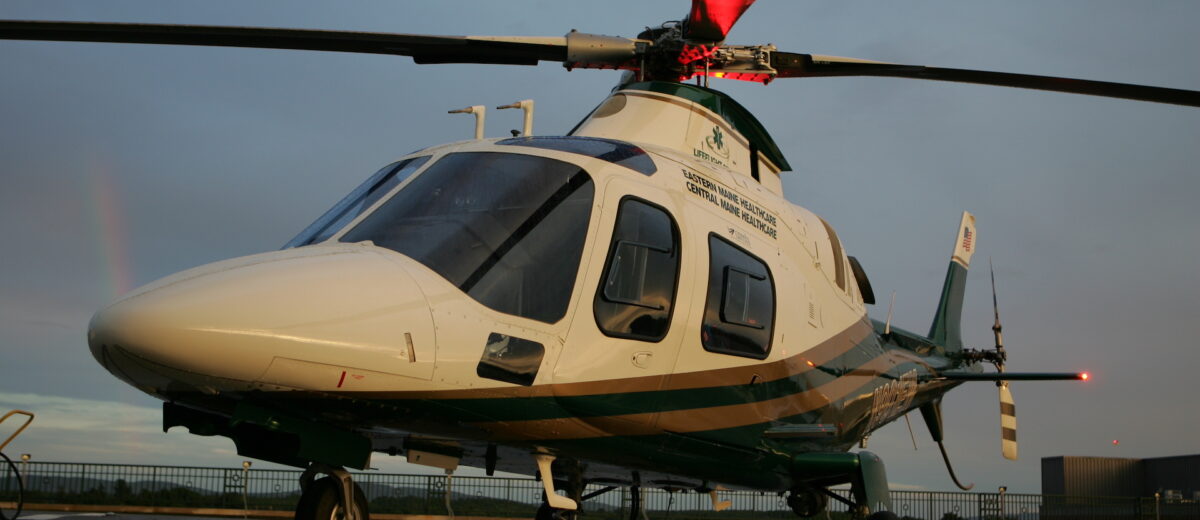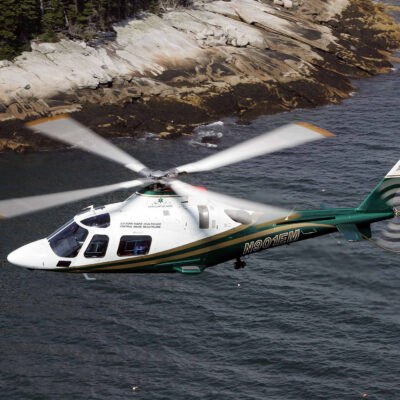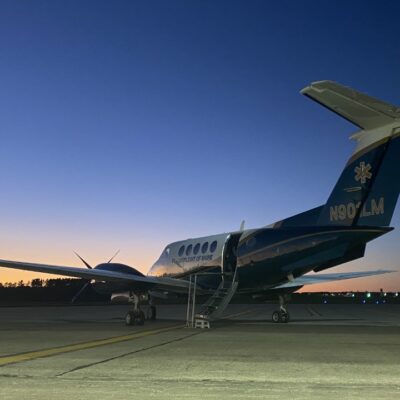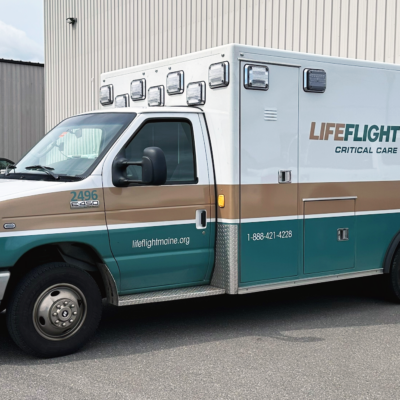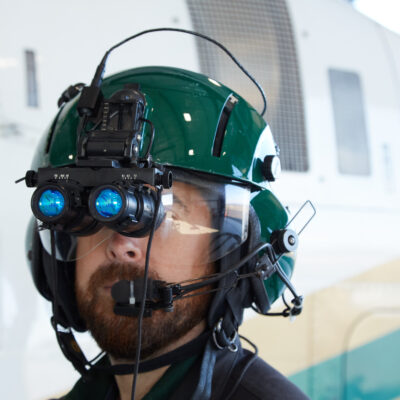Transport
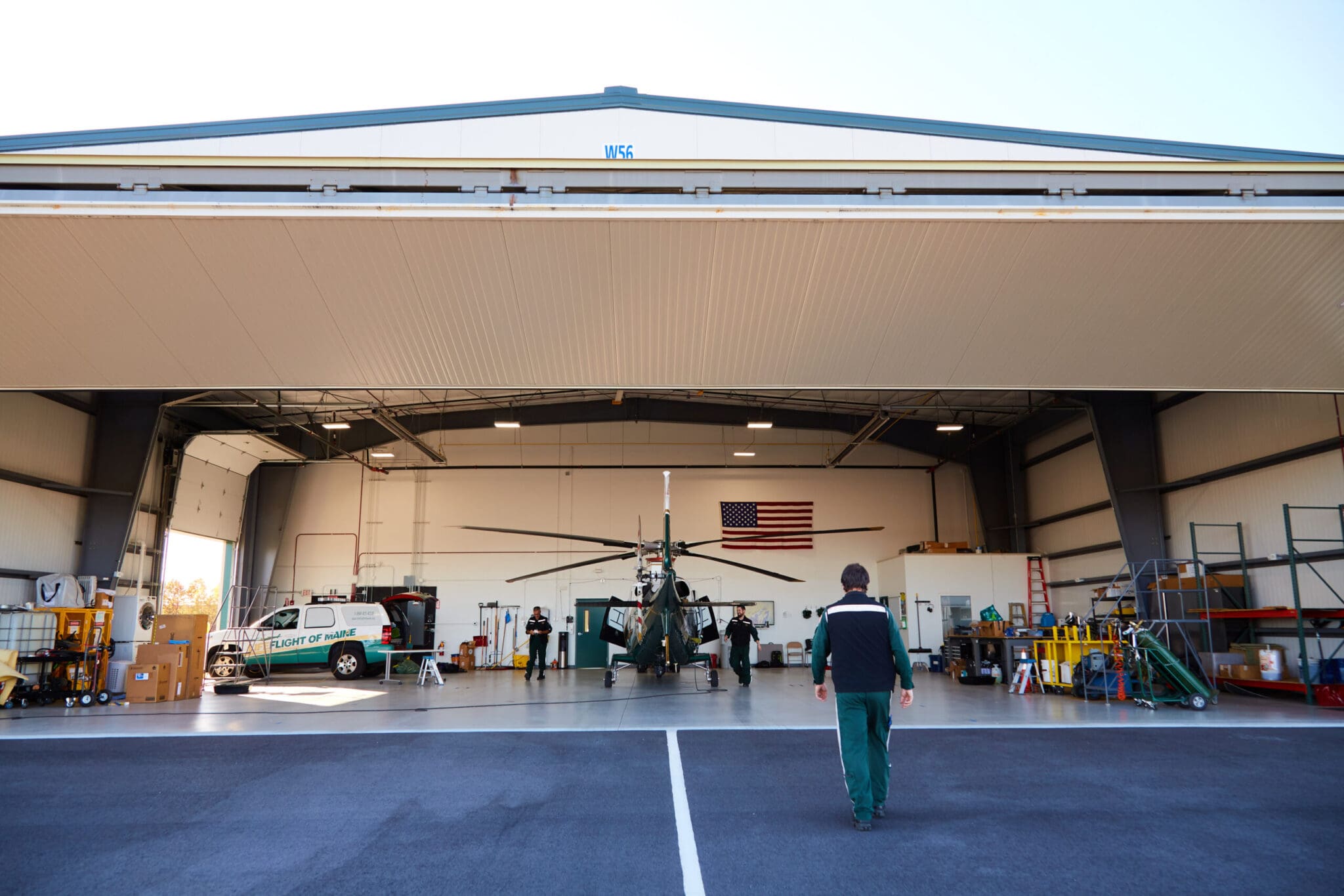
- Home
- /
- Our Services
- /
- Transport
LifeFlight is essentially a flying hospital with specialist teams who work in and across all of the major medical center intensive care units to continue resuscitation and stabilization initiated on scene or at a community hospital followed by transport to the specialist physicians and hospital the patient needs.
While the LifeFlight helicopters are the common media picture, our critical care system is much more. It is the combination of working together across the entire emergency care system, the LifeFlight specialist critical care teams, and the hospital intensive care technology onboard combined in a mobile system that leads to improving the patient’s survival and recovery outcomes.
We accomplish this by providing a statewide critical care air and ground service delivering hospital care to the point of need and then hospital-level transport to specialty care following the highest quality of care and rigorous safety standards.
LifeFlight uses a variety of modes of transport—helicopters, airplane, and ground ambulances through partner agencies—to deliver critical care. Whichever the vehicle, the critical care team and medical technology are always the same, a mobile ICU able to initiate or maintain hospital care during transport.
LifeFlight’s aircraft and quick response vehicles are based in Bangor at Northern Light Eastern Maine Medical Center and Bangor International Airport, Lewiston at Central Maine Medical Center, and Sanford at Seacoast Regional Airport. Together they cover the entire state, including offshore islands, remote mountains, and wilderness areas. Ground ambulances are provided through partner agencies using LifeFlight teams and medical technology.
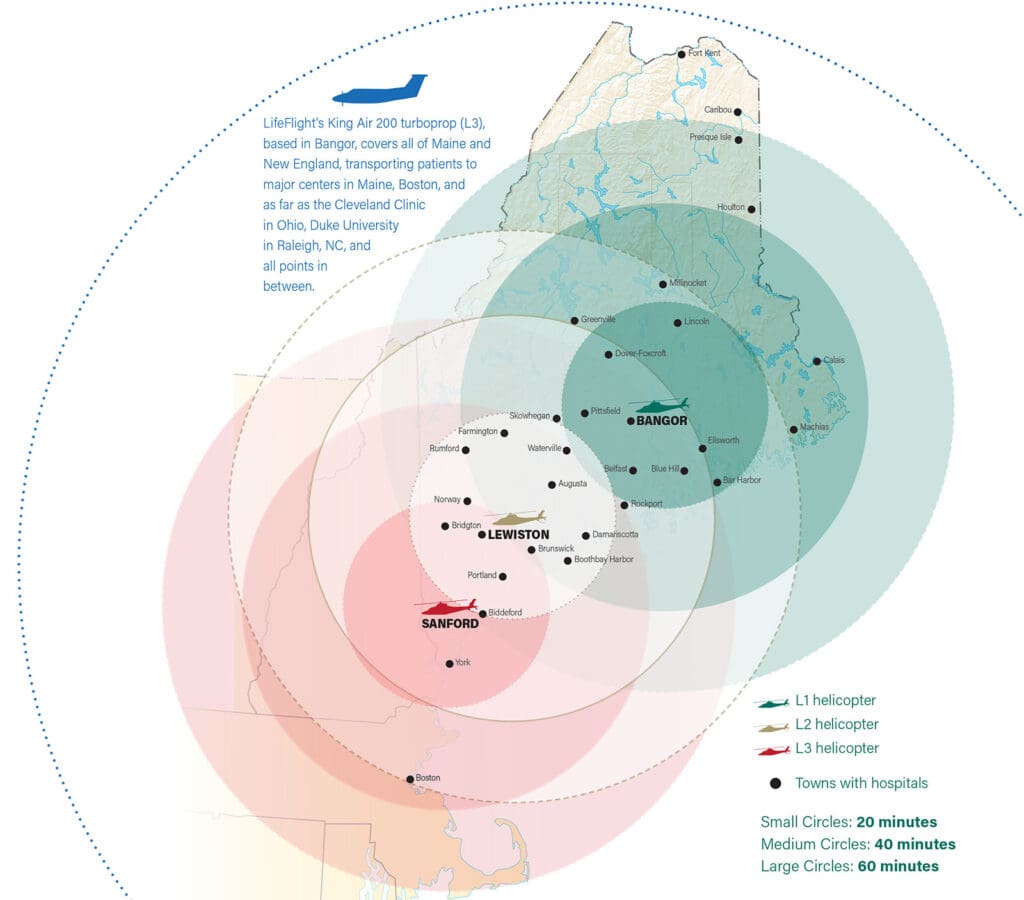

Accessing LifeFlight
There are typically two ways to request LifeFlight’s services:
- INTER-HOSPITAL: Emergency and specialty physicians can call for the LifeFlight team whenever a patient needs critical care and rapid transport from a community hospital to a medical center with advanced capabilities and maintaining hospital-level care during transport.
- SCENE: Local EMS providers and trained public safety personnel, guided by supervising physicians and Maine EMS protocols, can call for LifeFlight to come directly to an accident scene. LifeFlight also coordinates services with the Maine Wardens and State Police to respond to individuals faced with critical medical emergencies in the remote areas of Maine.
- SEARCH AND RESCUE: LifeFlight does not provide direct search and rescue but works closely with the Maine Warden Service, the Maine State Police, the 125th Army National Guard Medevac Team, the Maine Forest Service, Baxter State Park, Acadia National Park, the Department of Homeland Security, and U.S. Coast Guard to coordinate responses including joint responses to individuals in remote locations needing rescue as well as providing a rapid “eye in the sky” to help locate missing people as requested.
LifeFlight of Maine uses strict medical utilization criteria to make sure every flight is medically necessary. The use of the aircraft is organized and managed in the same way emergency departments provide care to all of the people of Maine. When care is provided, the patient and the patient’s insurance company are billed for the service. Just as Maine’s hospitals provide service to all patients in need of care, LifeFlight’s services are also provided regardless of a patient’s insurance status or the ability to pay for care.
LifeFlight relies on private donations to help fund the nearly $500,000 in advanced medical equipment onboard each helicopter.
